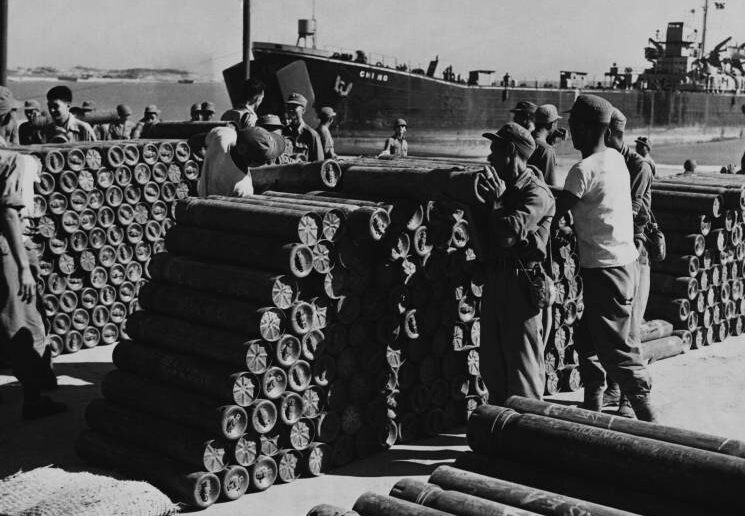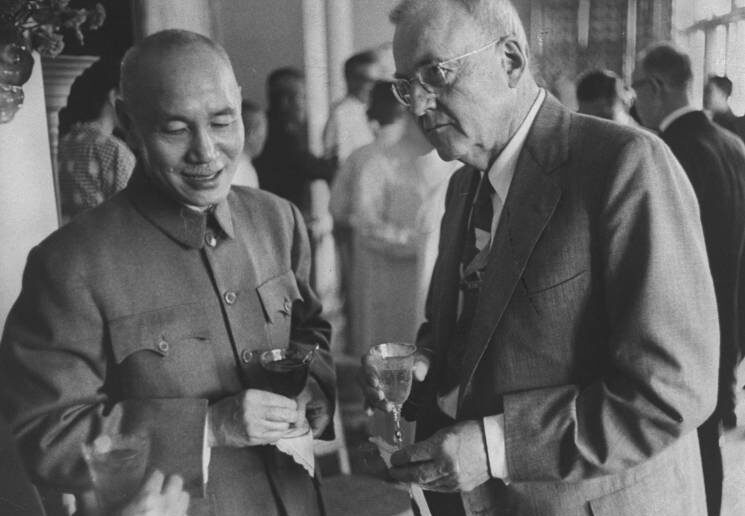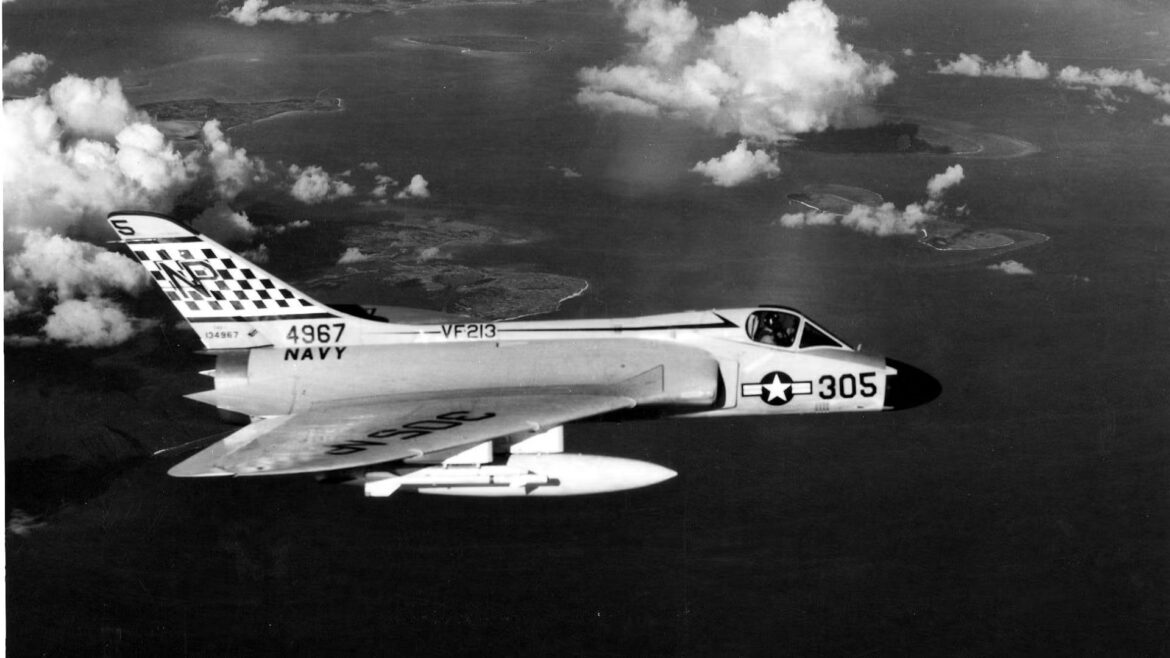On August 23, 1958, the Chinese Communist forces launched a massive artillery bombardment on Kinmen (Quemoy), sparking what became known as the Second Taiwan Strait Crisis. The attack shocked both domestic and international observers. Still, lesser-known anecdotes recorded in Chiang Kai-shek’s biographies reveal a more personal side of the leader during this pivotal moment in history.
The morning after the shelling began, Pastor Chou Lien-hua, unaware of the crisis, visited Chiang Kai-shek’s residence in Shilin. As he entered the dining room, he noticed a large map of Kinmen on the wall and asked Madame Chiang Kai-shek (Soong Mei-ling) why it was displayed so prominently.
She replied: “Something major happened yesterday afternoon. The Communists launched a massive bombardment on Kinmen. The President studied the military plans from the Ministry of National Defense all night — he only slept for an hour. At dawn, he flew to Kinmen to lead a military meeting.”
She then shared a quiet moment that had occurred the night before: “After reviewing the plans, he got hungry, but didn’t want to disturb the chef. So he woke me up and asked if I could find him something to eat. I went to the kitchen and made him some scrambled eggs. He thanked me repeatedly after eating, and not long after, he departed.”
Chiang’s humility struck Pastor Chou. “Under those circumstances, waking the chef would have been completely reasonable,” he said. “Yet instead, he turned to his wife. It shows the respect he had for ordinary people.”

Determined resolve wins respect from the United States
In the two weeks leading up to the bombardment, Communist forces had already begun signaling military activity. Anticipating escalation, Chiang Kai-shek sent his son Chiang Ching-kuo, a high-ranking official, to inspect frontline defenses on Kinmen, Matsu, and other strategic outposts. On August 18, Chiang Kai-shek personally traveled to Kinmen, where he remained for three days to oversee defense planning.
Shortly after his departure, the shelling began. That same day, three deputy commanders of the Kinmen garrison were killed, and Defense Minister Yu Ta-wei was seriously wounded. The following day, the U.S. Seventh Fleet arrived in the Taiwan Strait. However, Washington was hesitant to engage directly with Chinese Communist forces. Instead, they offered logistical support and protection for civilian supply routes.
With U.S. backing, Taiwan’s forces deployed 8-inch howitzers that inflicted heavy losses on the attackers and successfully repelled repeated offensives. Concerned about a possible full-scale amphibious invasion, Chiang requested more U.S. military assistance and asked them to join the fight directly. But by late September, the United States was urging de-escalation. A cable from Washington advised Chiang to reconsider the importance of defending what they called “two small islands,” suggesting it might be wiser to withdraw entirely.
Chiang responded firmly: “We oppose any reduction in troops or abandonment of our positions. Secretary Dulles’s recommendation runs counter to our stance.” The disagreement caused temporary strain in U.S.-Taiwan relations, and the matter quickly made international headlines.
A defiant message to the world
On October 1, 1958, Chiang Kai-shek held a press conference at his residence, inviting local and international journalists to attend. The room was packed. With steely resolve, he declared: “I am determined to defend these islands with all our strength. If necessary, we will fight to the last soldier.”
After delivering his statement, Chiang invited the journalists to stay for lunch. Sensing their unease, he encouraged them to eat freely and not be nervous. He then gave them deeper context: “In 1955, when the Communists attacked the Dachen Islands, we followed U.S. advice and withdrew. But their ambitions never changed. Now we face the same threat again. In my view, Kinmen today is like West Berlin in Europe or Malta during World War II. It is a bastion of anti-Communism, standing between justice and tyranny, freedom and dictatorship. That’s why we are resolved to confront this challenge head-on and fight to the end.”
Following the meal, Chiang posed for photographs with the assembled reporters. His words were widely reported, making his unwavering stance clear, and the United States took notice.

U.S. support grows after Chiang stands firm
Just weeks later, on October 20, U.S. Secretary of State John Foster Dulles visited Taiwan. He admired Chiang Kai-shek’s firm opposition to Communism, and they issued the U.S.-ROC Joint Communiqué. President Dwight D. Eisenhower then stepped up support for Taiwan’s military. Through diplomatic backchannels, the U.S. also warned China that any escalation would trigger serious consequences, including possible nuclear strikes on coastal military targets.
Ultimately, the Communist forces abandoned their plans to invade Taiwan. Thanks to Chiang Kai-shek’s unyielding resolve and strategic determination, the crisis brought Taiwan and the United States closer together, thwarting Beijing’s hopes of seizing the island.
Translated by Chua BC
Follow us on X, Facebook, or Pinterest

